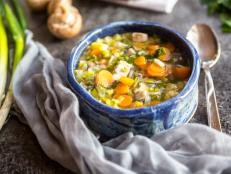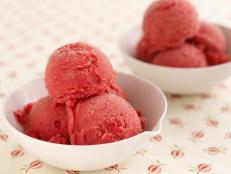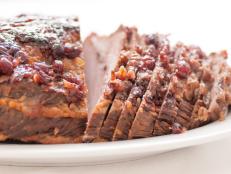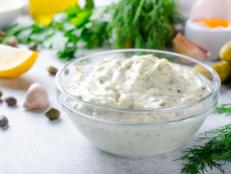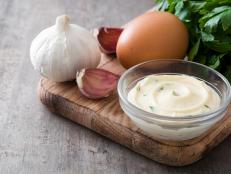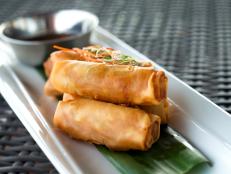How to Make a Meringue
A step-by-step guide to whipping up 3 kinds of meringue (and how to use each).
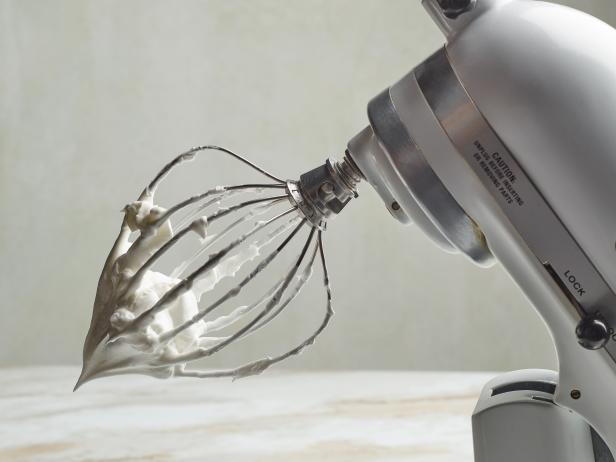
Renee Comet
By Jessie Sheehan for Food Network Kitchen
Jessie Sheehan is a baker and cookbook author.
Meringue in all its forms – soft and straight from the mixing bowl, toasted under the broiler or baked until crisp (with a marshmallow-y center) in a low oven – is one of our favorite treats. We love it when it tops a cake in the form of buttercream, when it tops a pie in the form of, well, a meringue topping and when it is baked, and filled with cream and berries in the form of a pavlova. Meringue is so wonderfully versatile and yet also a sinch to assemble. To put it simply - but also accurately! – preparing meringue requires nothing more than whipping together egg whites and sugar. Depending on the kind of meringue you are making, whether it’s French, Swiss or Italian, you will use different types of sugar (such as raw, melted or cooked). And although cooking sugar is a little tricker than pouring it straight from the bag or box into the bowl, once you’re armed with our trusty tips and tricks, you will be making all three types of meringue without a lick of trouble.
Types of Meringue and How to Use Each
There are three different types of meringue.
1: French Meringue
A French meringue is an unheated meringue for making pavlovas and meringue cookies; for lightening souffles, mousse and some cakes and for topping pies. To make it, raw sugar is added directly into foamy egg whites.
2: Swiss Meringue
A Swiss meringue is a cooked meringue and thus is more stable than its French counterpart. This meringue is used in buttercream (with the addition of softened butter) and to top pies. Here, the sugar is melted with the unwhipped whites over the stovetop.
3: Italian Meringue
Italian meringue is also a cooked meringue and is used in the same instances in which its Swiss counterpart is called upon. Here, you bring sugar to the soft ball stage and then add it to softly peaked whites.
Meringue Ingredients
Meringue calls for two ingredients, egg whites and sugar. French meringue typically calls for super fine or confectioners’ sugar, while Swiss or Italian call for granulated sugar. Sometimes cream of tartar is added as well to help stabilize the whites and to give them more structure.
How to Make French Meringue
Step 1: Ready Your Ingredients
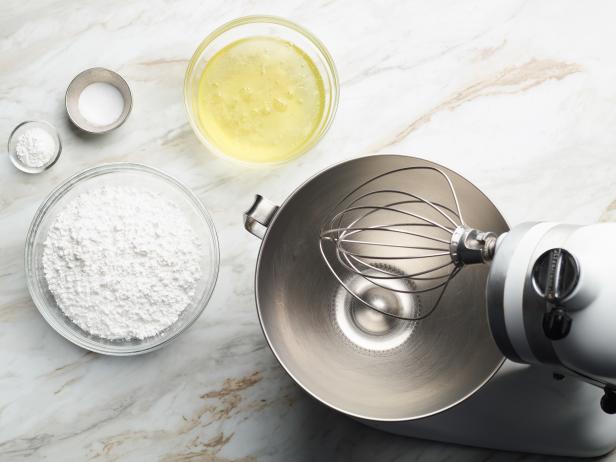
Renee Comet
Start with room-temperature egg whites — they whip higher. Add a pinch of cream of tartar — it's acidic and that adds stability and volume to the egg whites.
Step 2: Start to Whip the Eggs
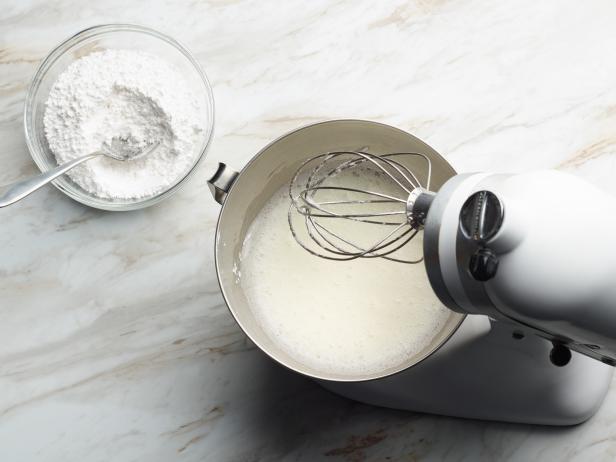
Renee Comet
Whip them until they're foamy and starting to get thicker. Then, slowly add confectioners' sugar — it melts easily and won't weigh down your meringue. Tip: If you don't have a stand mixer, you can still use a hand mixer.
Step 3: Watch for Stiff Peaks
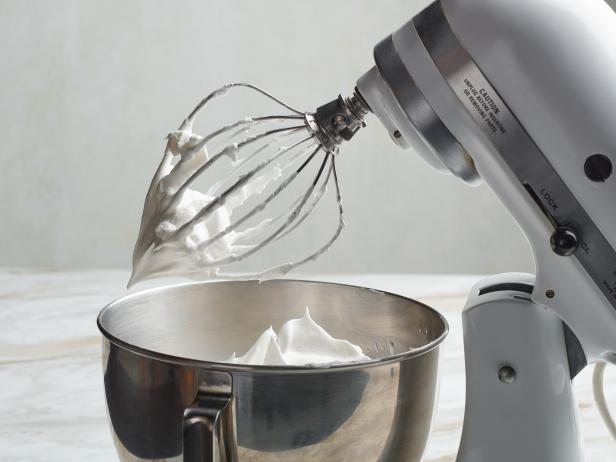
Renee Comet
Continue whipping on high speed until it's thick and foamy, like shaving cream. Whip until stiff peaks form. If it's glossy and triple in volume, you did it. No need to take it further or the texture will change.
How to Make Swiss Meringue
Step 1: Use a Double Boiler

Renee Comet
Combine egg whites and granulated sugar over a double boiler. Tip: Older egg whites whip the highest. Keep whisking or you'll have scrambled eggs instead.
Step 2: Whisk the Sugar

Renee Comet
Whisk until the sugar melts and you hit 130 degrees F on a thermometer. Once it's hot, it goes into the mixer. Tip: If the bowl is hot, use a potholder. You want it to be foamy and thick when you’re done mixing. You'll also notice that, as the mixture thickens, the bowl will get cooler.
Step 3: Whip the Mixture
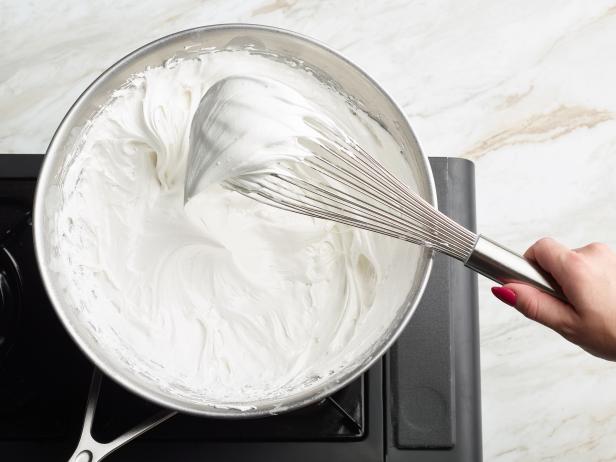
Renee Comet
Whip until you get stiff peaks that should stand up on the end of the whisk. Your desserts will receive a standing ovation. Watch our how-to video for more.
How to Make Italian Meringue
Place the granulated sugar in a heat-proof bowl set over a pot of simmering water. Make sure the bottom of the bowl does not touch the water. Cook the sugar until it reaches 240 degrees F (the soft ball stage). Meanwhile, whip the egg whites and cream of tartar in a stand mixer fitted with the whisk attachment until soft peaks form. Carefully add the sugar syrup to the whites and whip the mixture until you get stiff peaks that stand up when the whisk is lifted out of the bowl.
Meringue Tips and Troubleshooting
- Make sure your egg whites and equipment are clean. Even the smallest drop of yolk or fat will keep the eggs from reaching their full volume.
- Use room-temperature egg whites. They will whip higher than cold eggs whites.
- Use older egg whites. Older egg whites will whip the highest if you have them.
- If you don't have cream of tartar, use a little lemon juice.
- Whisk constantly when making a Swiss meringue. When making a Swiss meringue, do not stop whisking as you warm the egg whites and sugar or you may scramble the whites and will need to start over.
Recipes with Meringue

Matt Armendariz, 2014, Television Food Network, G.P. All Rights Reserved.
Made with whipped egg whites and sugar plus some softened butter, Swiss Meringue Buttercream Frosting is the lightest and fluffiest of frostings.

Lucy Schaeffer
Crispy on the outside, marshmallow-y on the inside, a pavlova is nothing more than baked French meringue. The oven is low and the cook time slow and the results cannot be beat.

Steve Giralt Prop Stylist: Marina Malchin 917 751 2855
Almost like tiny little pavlovas, these crunchy cookies can be assembled in a myriad of shapes.
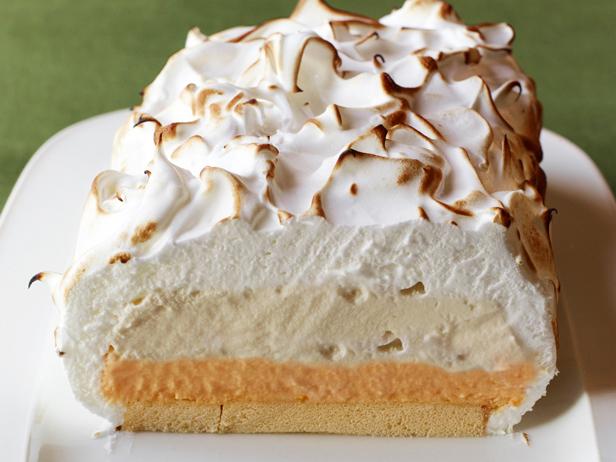
Con Poulos
Here, everyone’s favorite fancy ice cream cake. When making a baked Alaska, layers of ice cream are assembled in a bowl or a loaf pan and topped with fluffy, glossy meringue that is often torched under the broiler before serving.
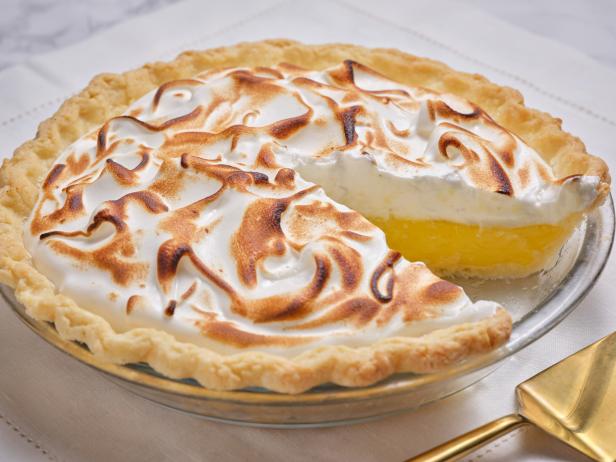
Caitlin Ochs
A tart lemon filling topped with a toasted meringue is summer (or fall, winter or spring) in a pie shell – in other words, it is always time for a lemon meringue pie.

Matt Armendariz, 2014, Television Food Network, G.P. All Rights Reserved.
A more stable version of a cooked Swiss meringue, Italian meringue is every bit as fluffy and glossy and versatile (great as a frosting, over pies, etc.) than its Swiss counterpart.
The easiest-peasiest of meringue frostings, 7-Minute Frosting does not call for any butter and is assembled in – you guessed it – just 7 minutes.
Related Links:























